We’ve been hoping for a chance to visit this zoo for a while and yet if we’d allowed ourselves to be influenced by some of the reviews on TripAdvisor we might never have done so. I’m so glad we decided to see for ourselves and enjoyed a great day out here.
The zoo is located in Lindal-in-Furness which is, as the name suggests, in the south of The Lake District. We were staying nearby (if an hour by car is nearby) but otherwise this is way too far out of the way for a day trip for us.
Between myself and Delilah we got some awesome shots of the animals in their collection.
White Rhinoceros
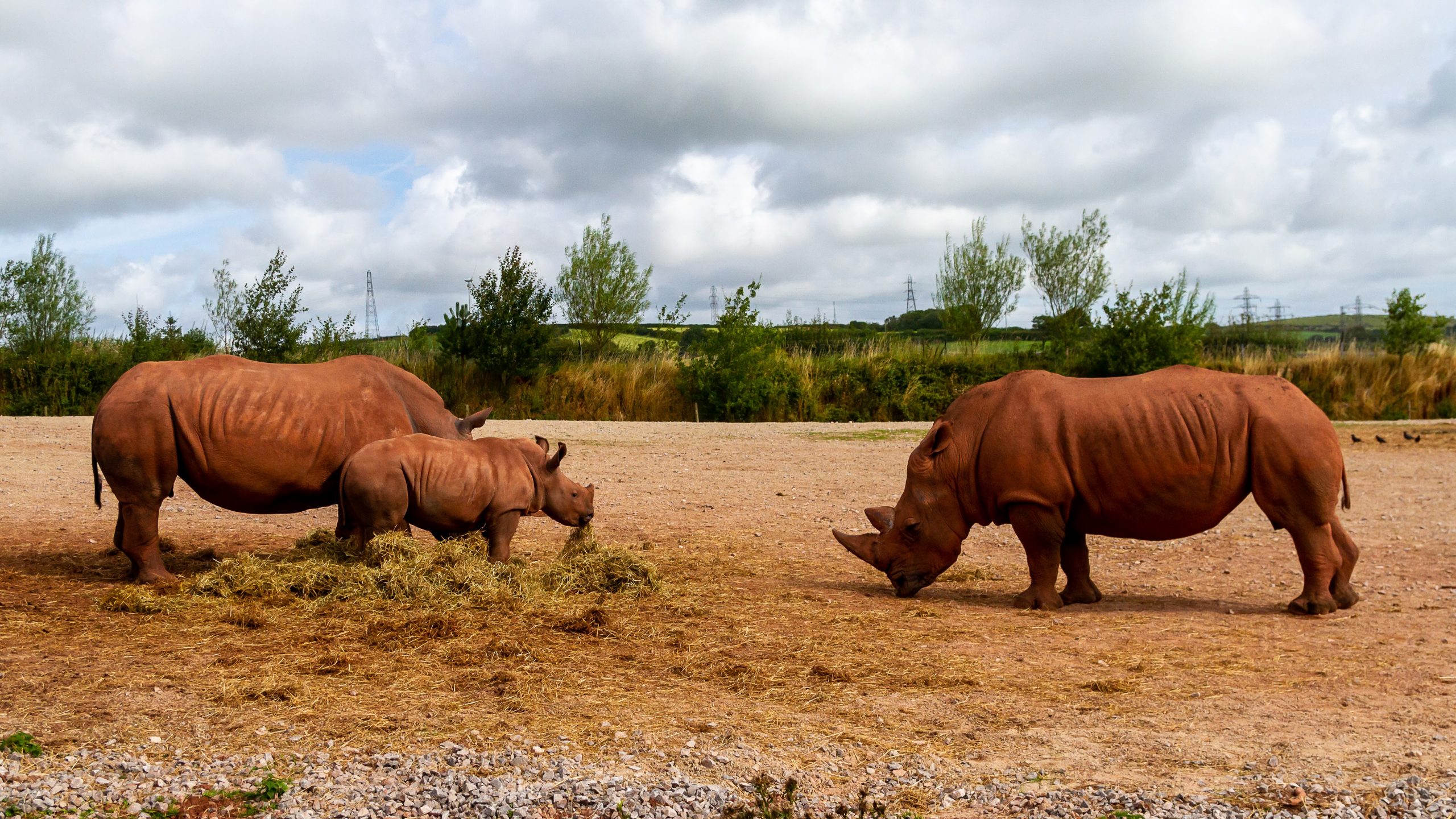
The White Rhinoceros are the largest of the non-extinct rhinos and the second-largest land mammal in the world. Their name comes from the West Germanic word “weit” which translates at “wide” and refers to their mouth.
There are two subspecies of white rhino, the northern and southern white rhino. The northern white rhino is almost extinct with just two females surviving that live under 24-hour armed guard.
West African Giraffe
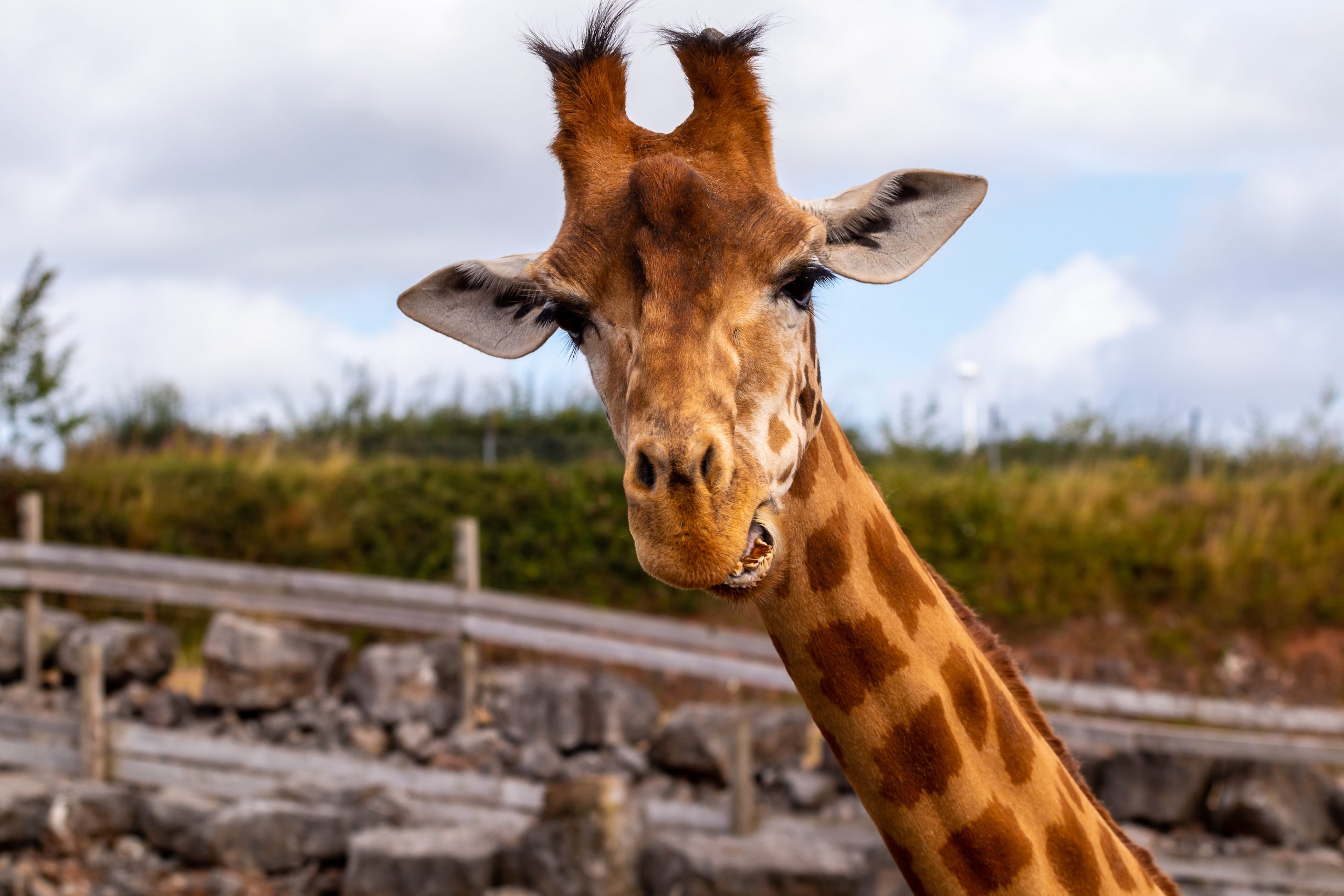
The giraffes at South Lakes Safari Zoo are Kordofan giraffes. This is a subspecies whose territory covers a huge area – Chad, the Central African Republic, northern Cameroon, the northern Democratic Republic of Congo and probably South Sudan. There are thought to be less than 2,000 remaining in the wild.
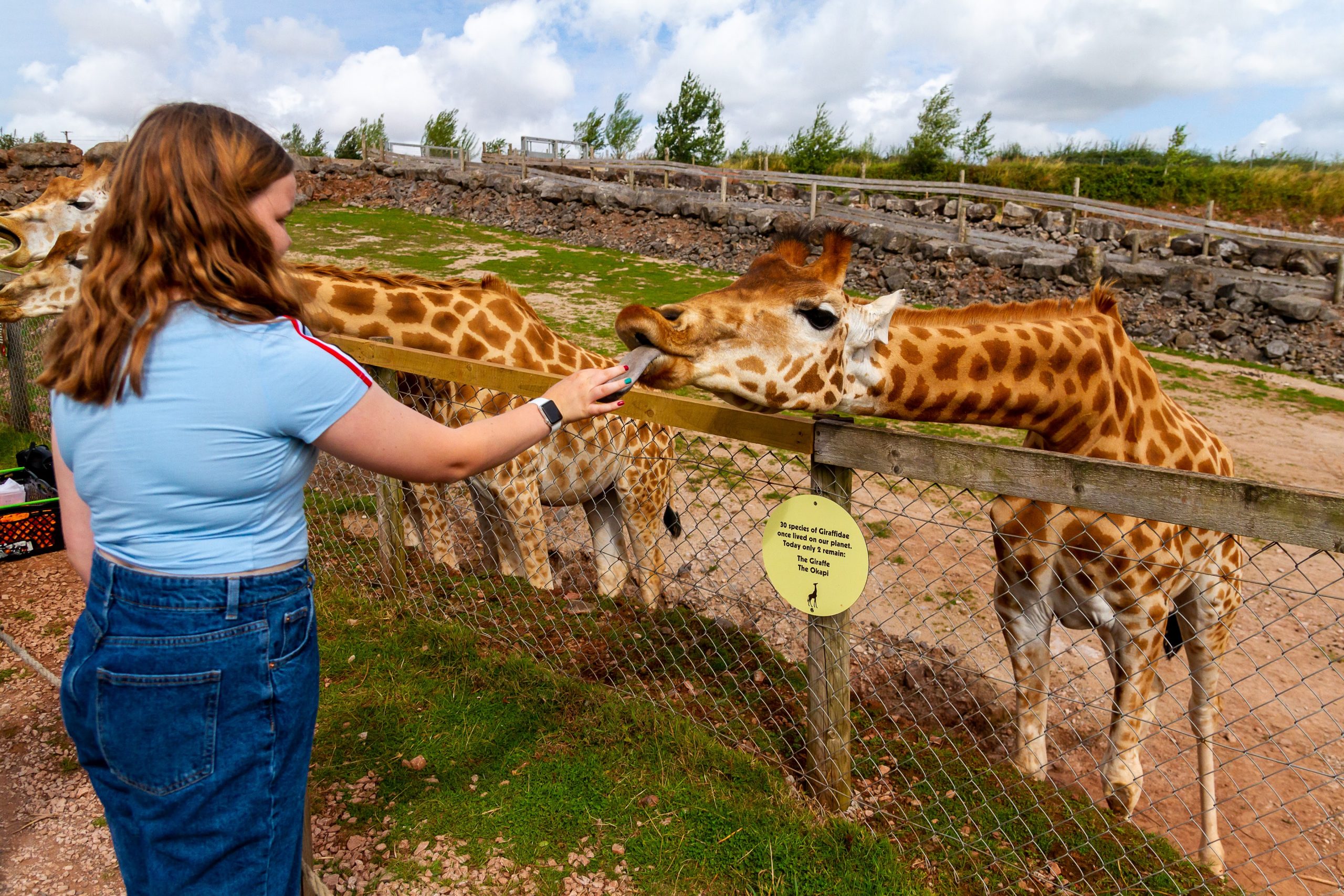
Feeding the giraffes is one of the animal experiences you can pay extra for at this zoo. Our girls loved it.
Capybara
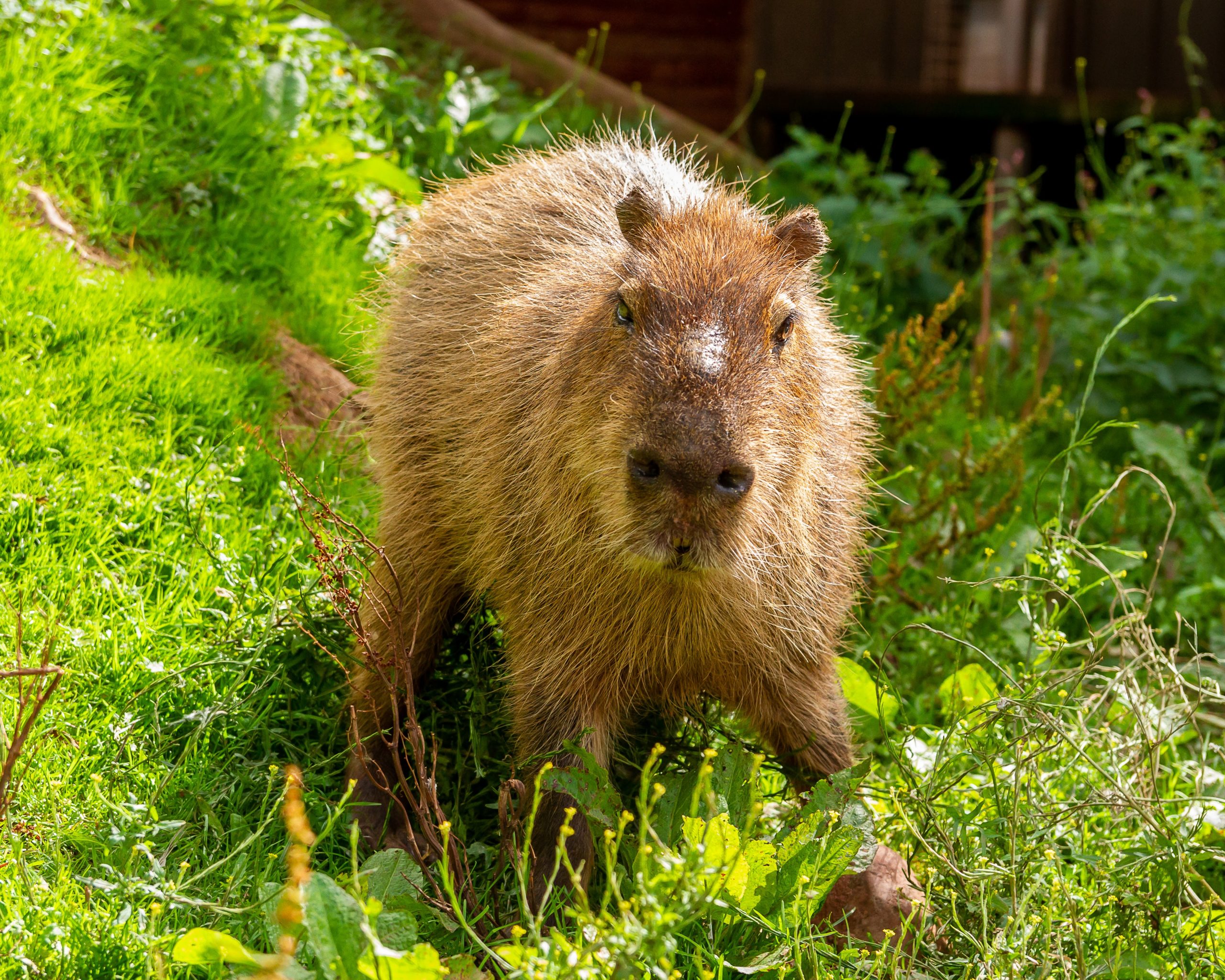
No, it’s not a giant guinea pig! The capybara is the largest living remember of the rodent family and is a native of South America. There are a number of them living at the zoo and you can feed these, as well as other animals, with food that you can purchase at the entrance.
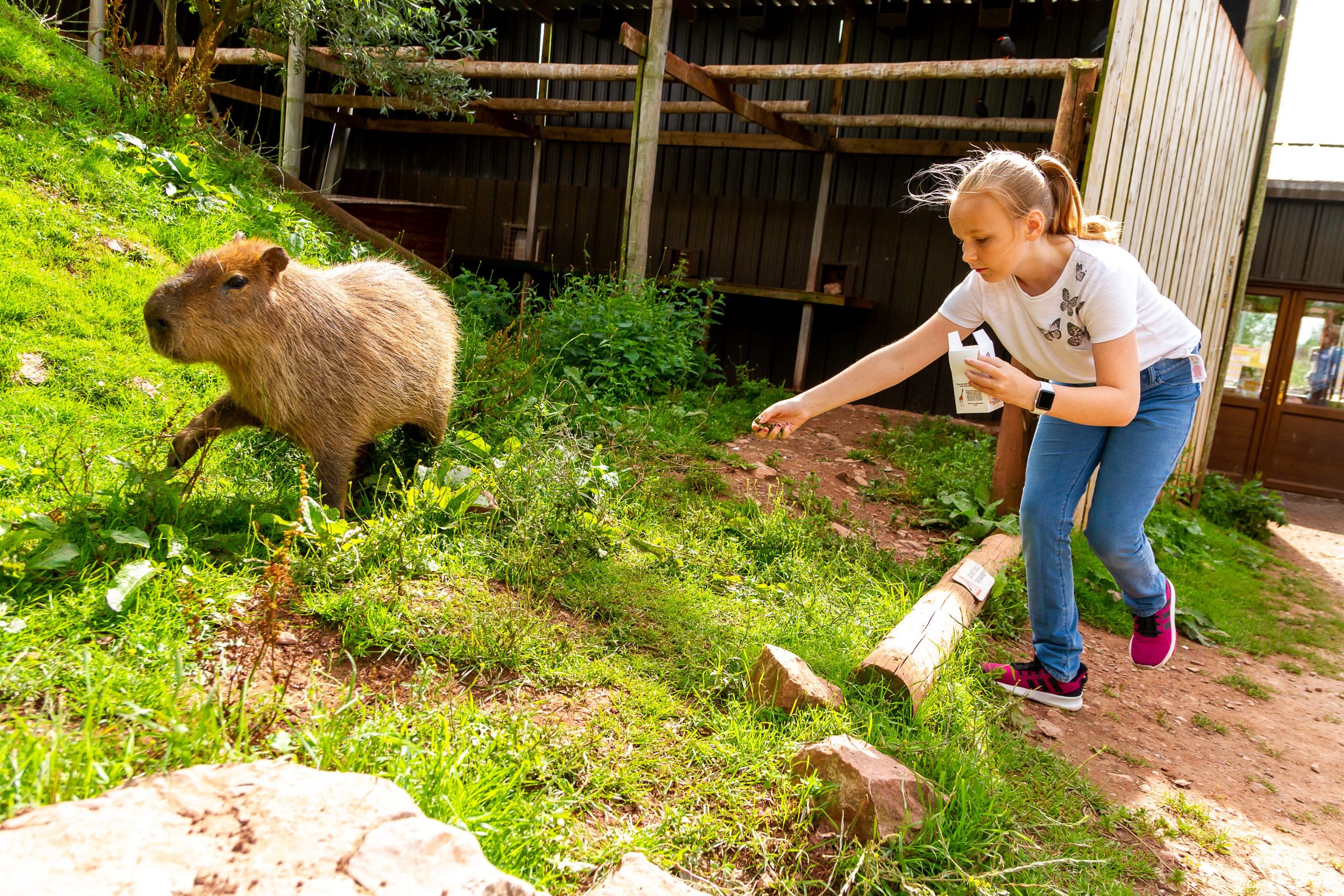
As Verity discovered, they don’t necessarily want to be fed!
Vulture
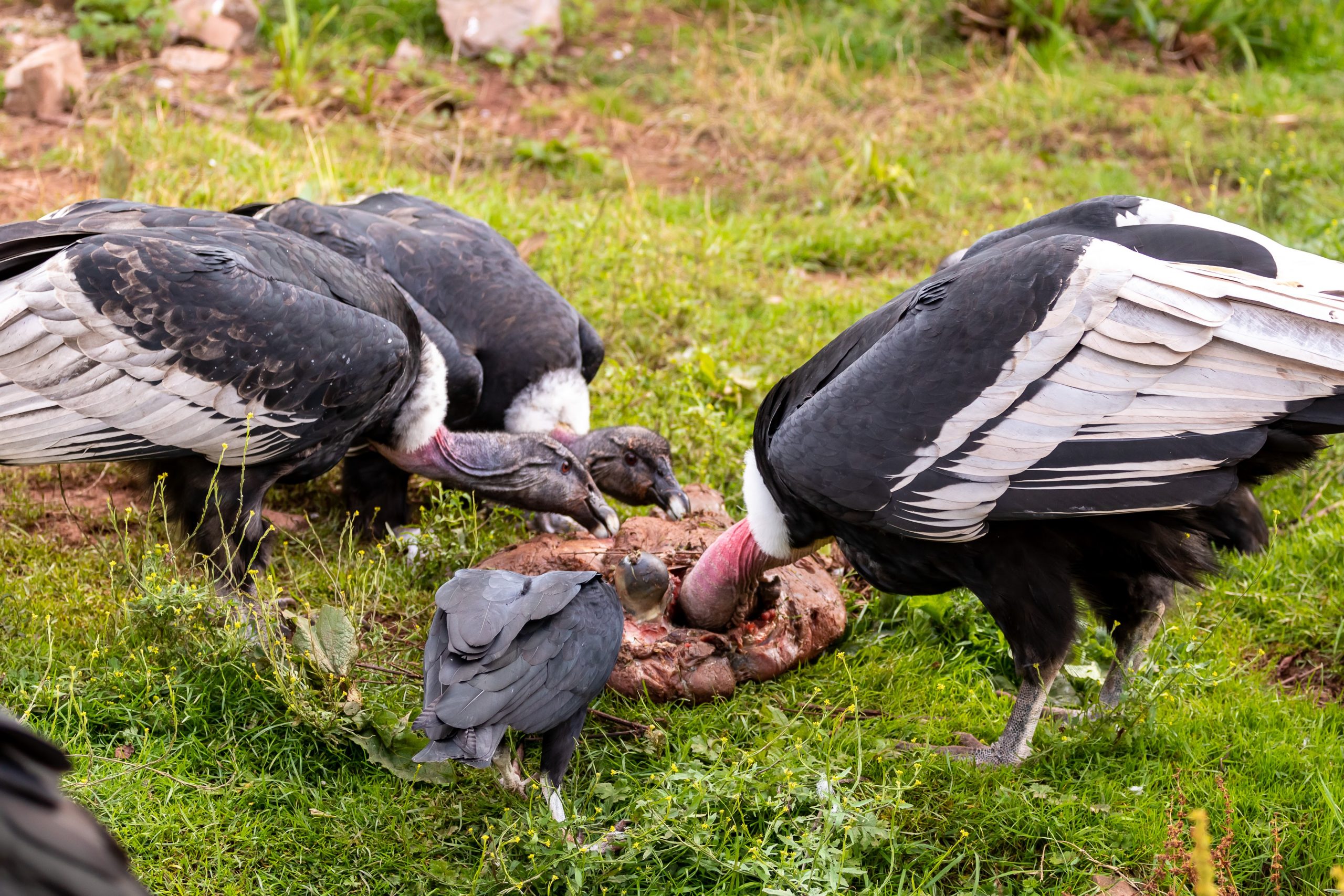
Safari Zoo has both the Black Vulture and King Vultures in residence as well as condors. They all live in a huge walk-through aviary where you get the distinct feeling you are being watched! If you are lucky you will get to see them feeding on something rather smelly like we did.
White Handed Gibbon
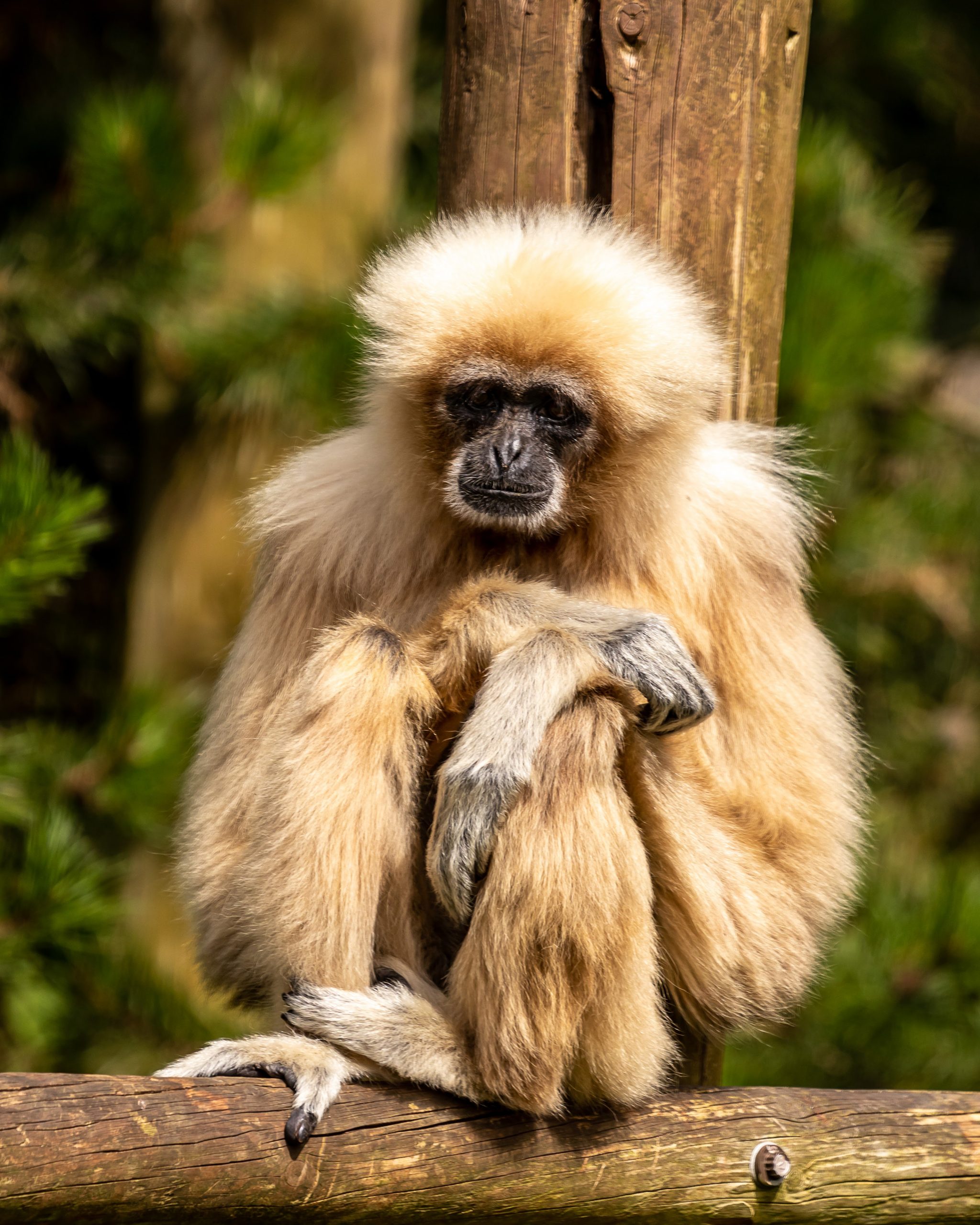
Also known are the Lar gibbon, this species of gibbon is found in the tropical rainforests of southern and southeast Asia. They are under threat due to rapid habitat loss.
Ring Tailes Lemur
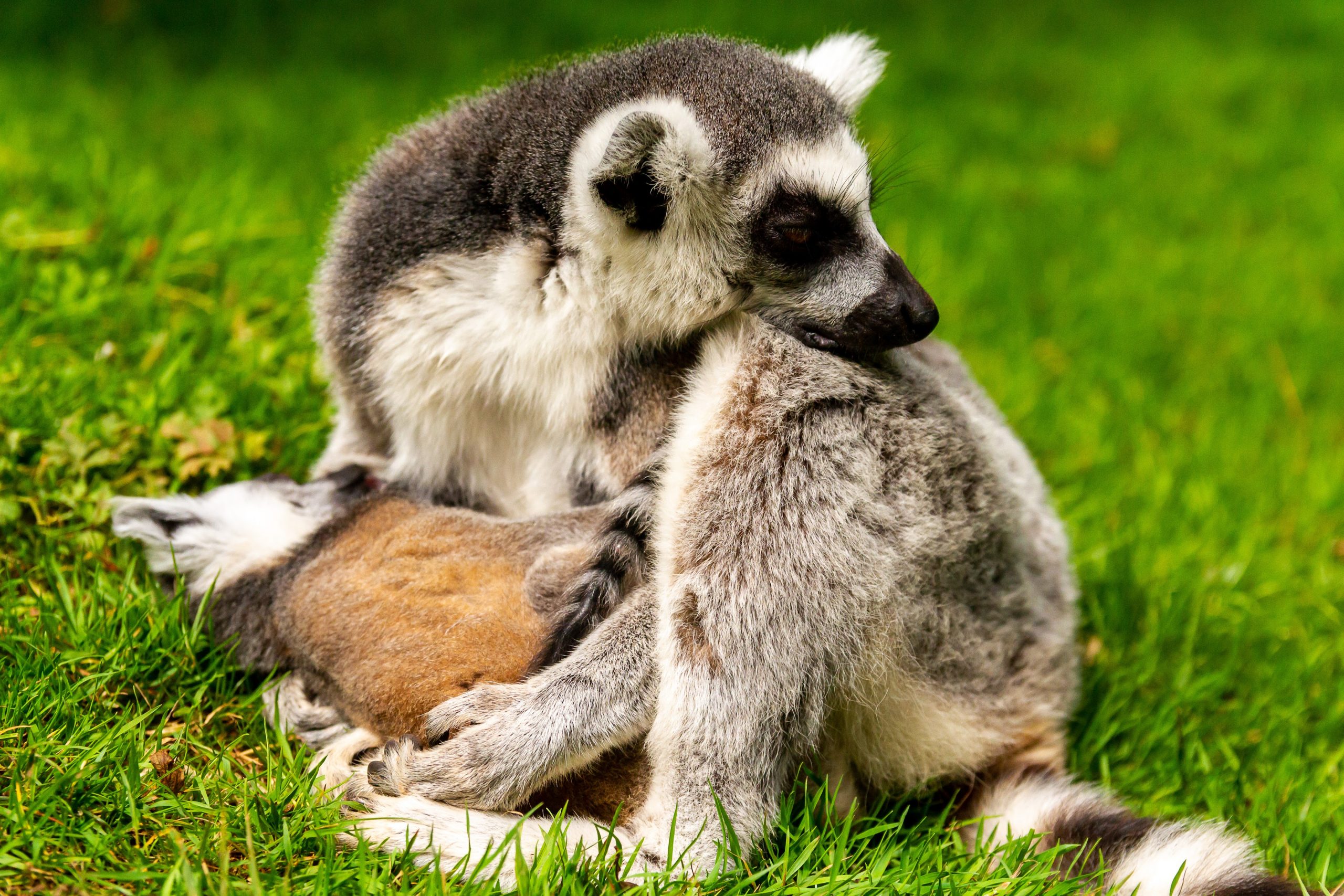
Probably the most well-known lemur due to the distinctive ring striped tail and, like all lemurs, is endemic to Mdagasca. They are highly social animals and often live in groups of up to 30. They are extremely vocal and you can often hear the gibbons calling across the zoo.
Black-tailed Prairie Marmot
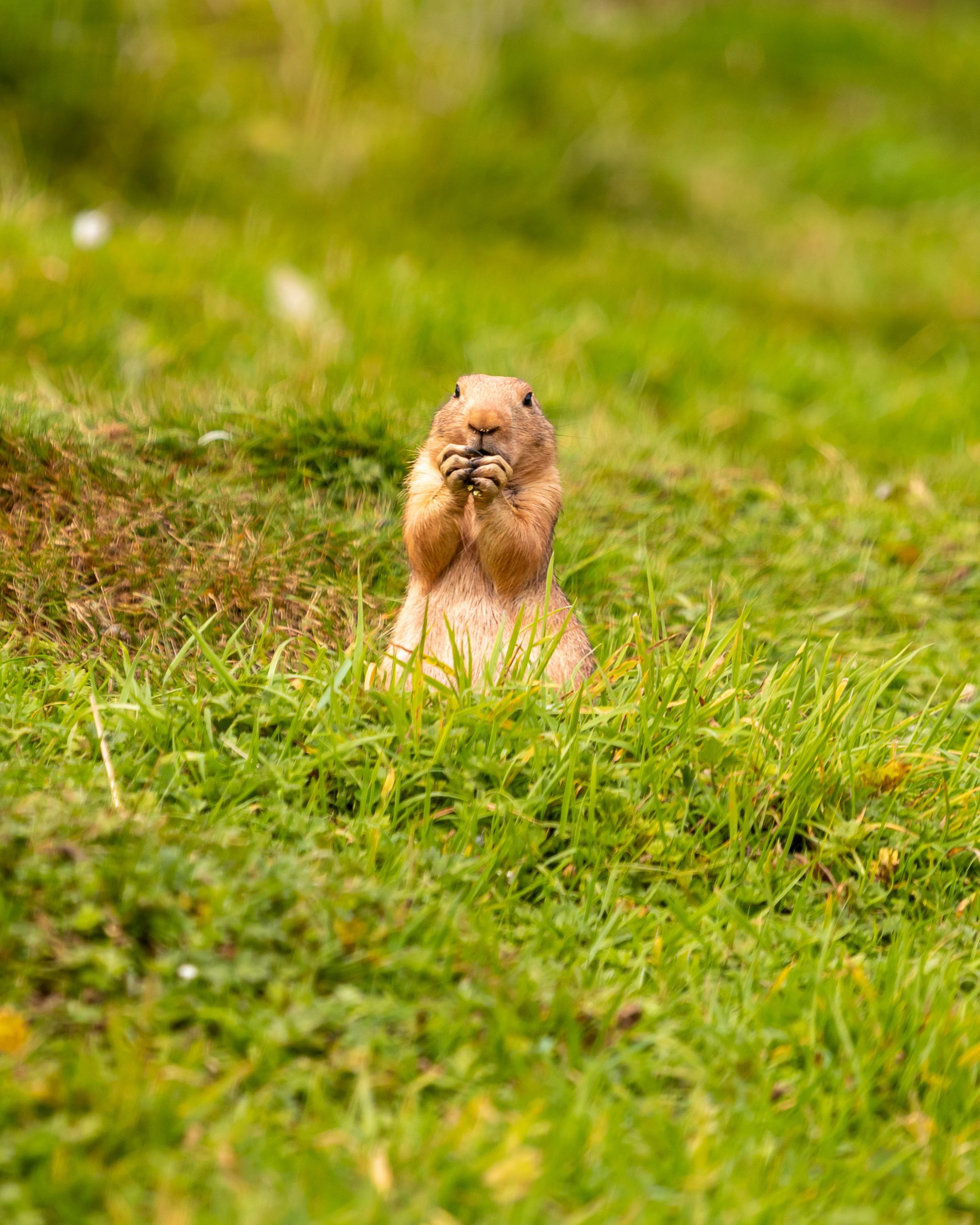
They are everywhere and they are extremely cute! They are natives of North America and have the most complex social systems of all prairie marmots. Social groups are called “coteries” and they live together in “towns”. Towns can number thousands of individual marmots and the largest ever recorded housed 400 million prairie marmots and stretched for 65,000 sq km!
Andean Bear
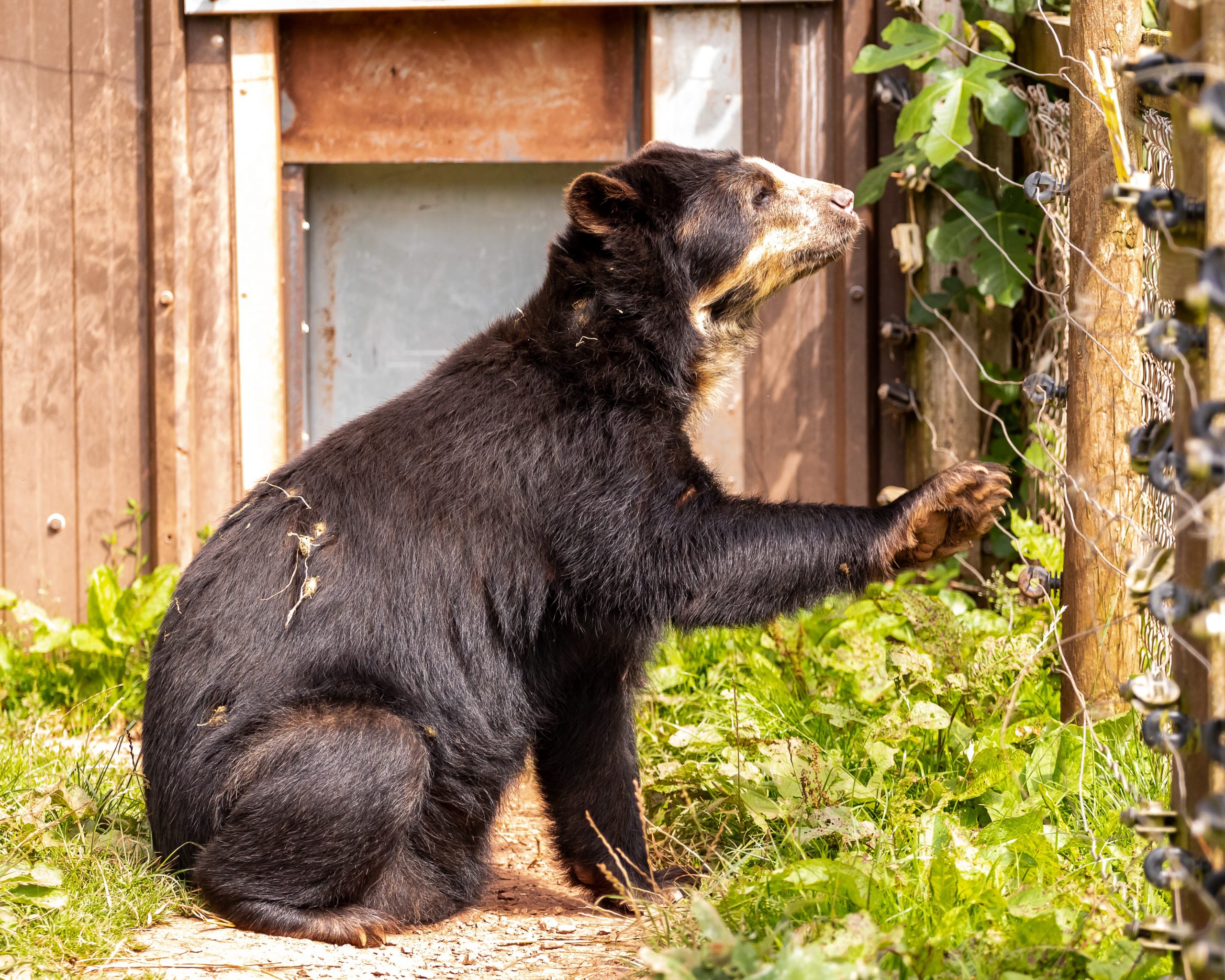
The Andean Bear, as the suggests, is a native of South America and the only bear native there. They are found mostly in the Andes mountains of western South America. You may also know this bear as the Spectacled Bear, so-called for the rings around their eyes. Did you know that Paddington Bear is a Spectacled bear?
Cotton Topped Tamarin
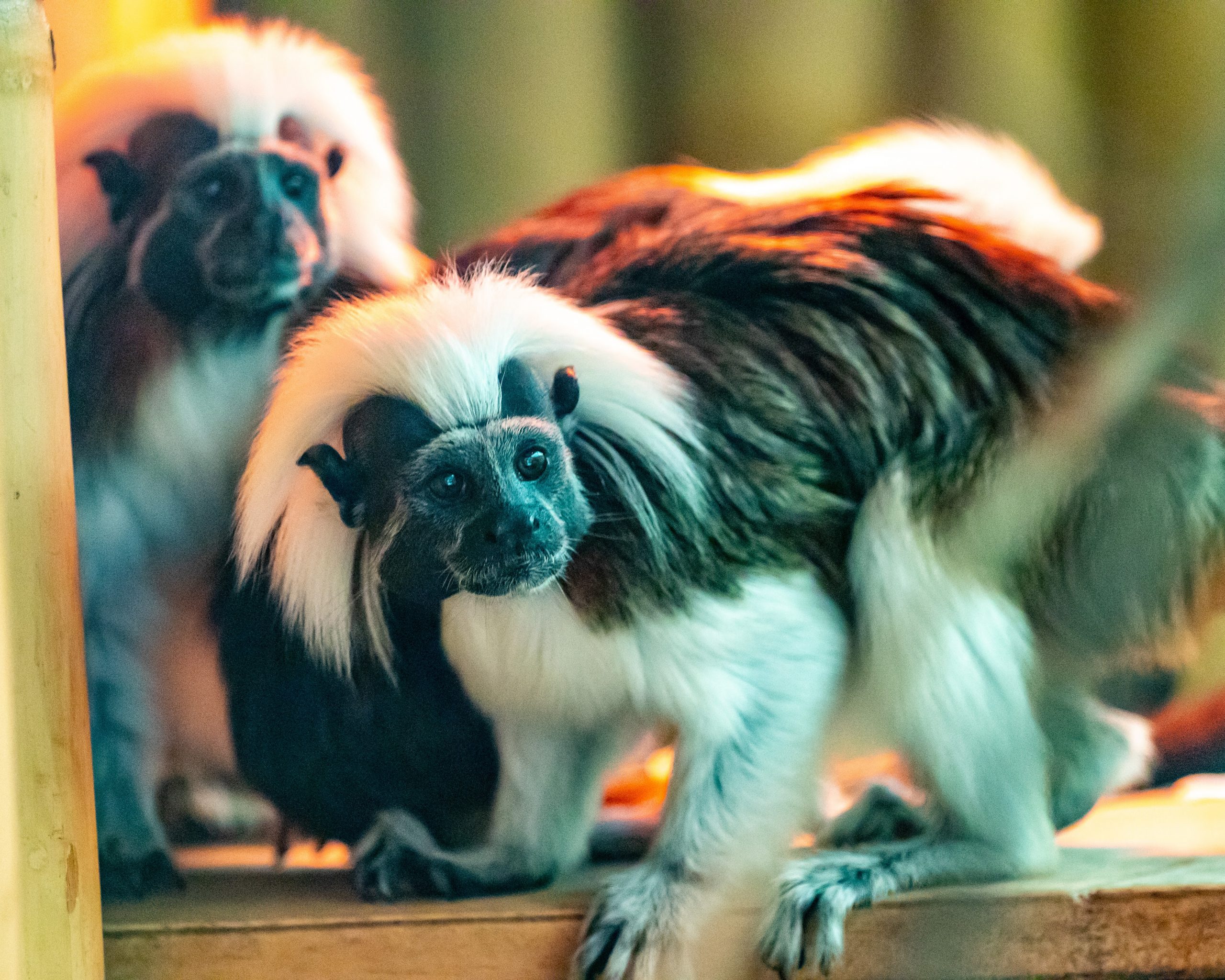
This species of tamarin are natives only to a small area in northwest Columbia. They are a critically endangered species with their greatest threat coming from loss of habitat due to deforestation.
Giant Otter
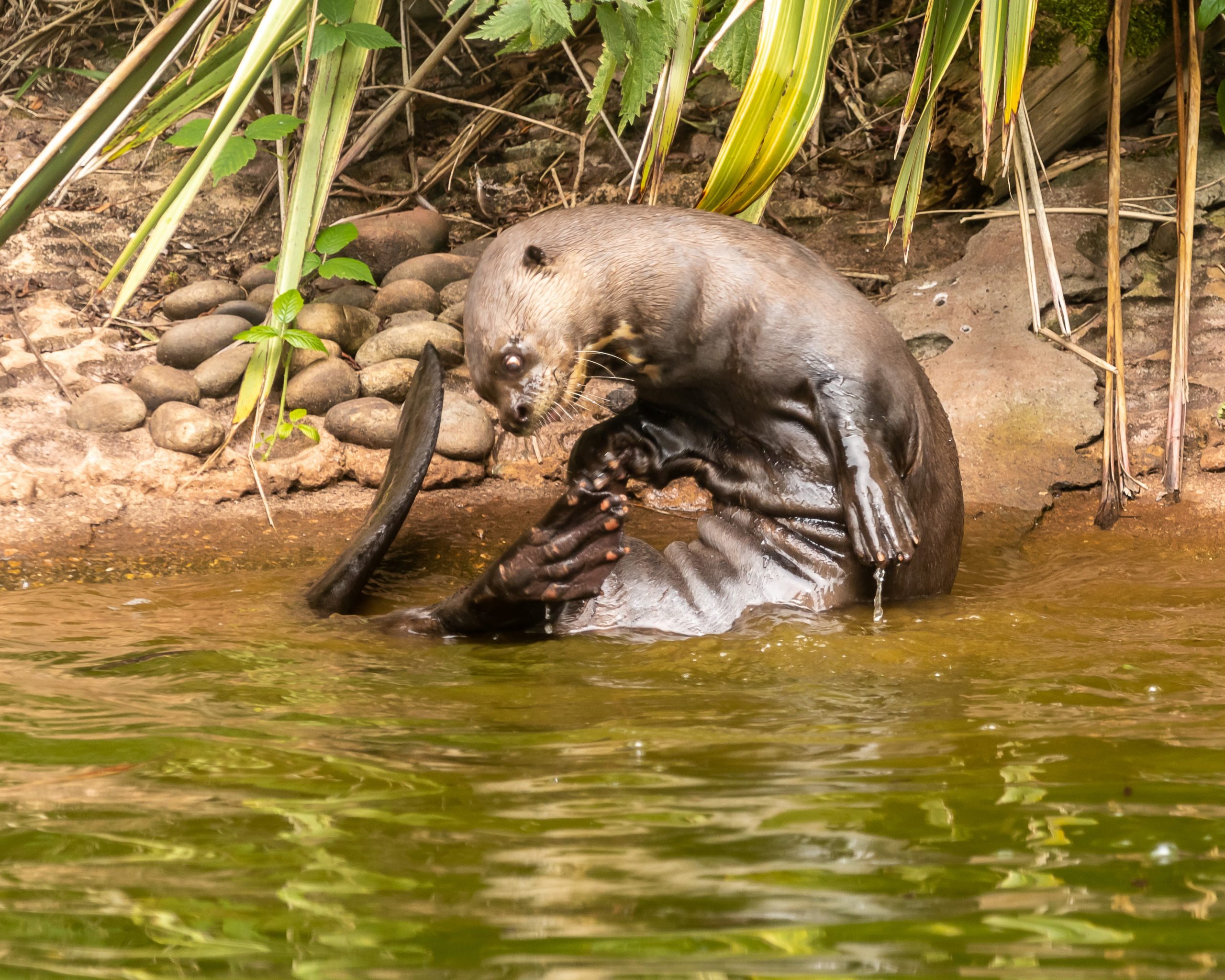
This is one of the most endangered species of South America due to rampant hunting for their valuable fur. In the wild, they can mostly be for in north-central South America in the Amazon River.
Canada Lynx
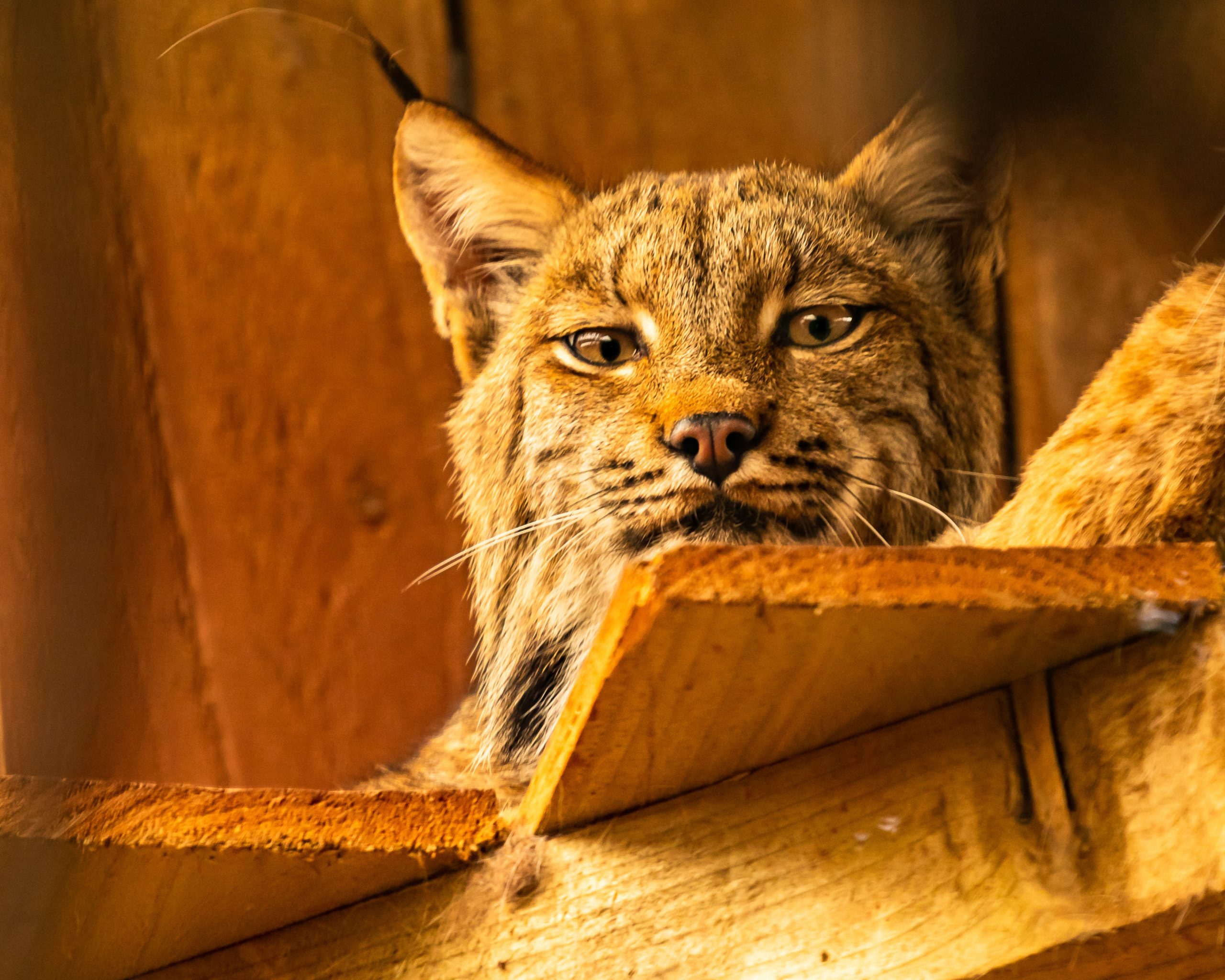
This elusive big cat was staying firmly indoors during our visit to the zoo. With a bit of crouching, angling my long-lens upwards and keeping close to the glass I was able to get this shot of this majestic creature staring down at me. The Canada Lynx feed mostly on showshoe hare in Alaska, Canada and the contiguous United States. They are amazing swimmers with one account apparently recording one swimming 2 miles across the Yukon River. They are classified as endangered.
Snow Leopard
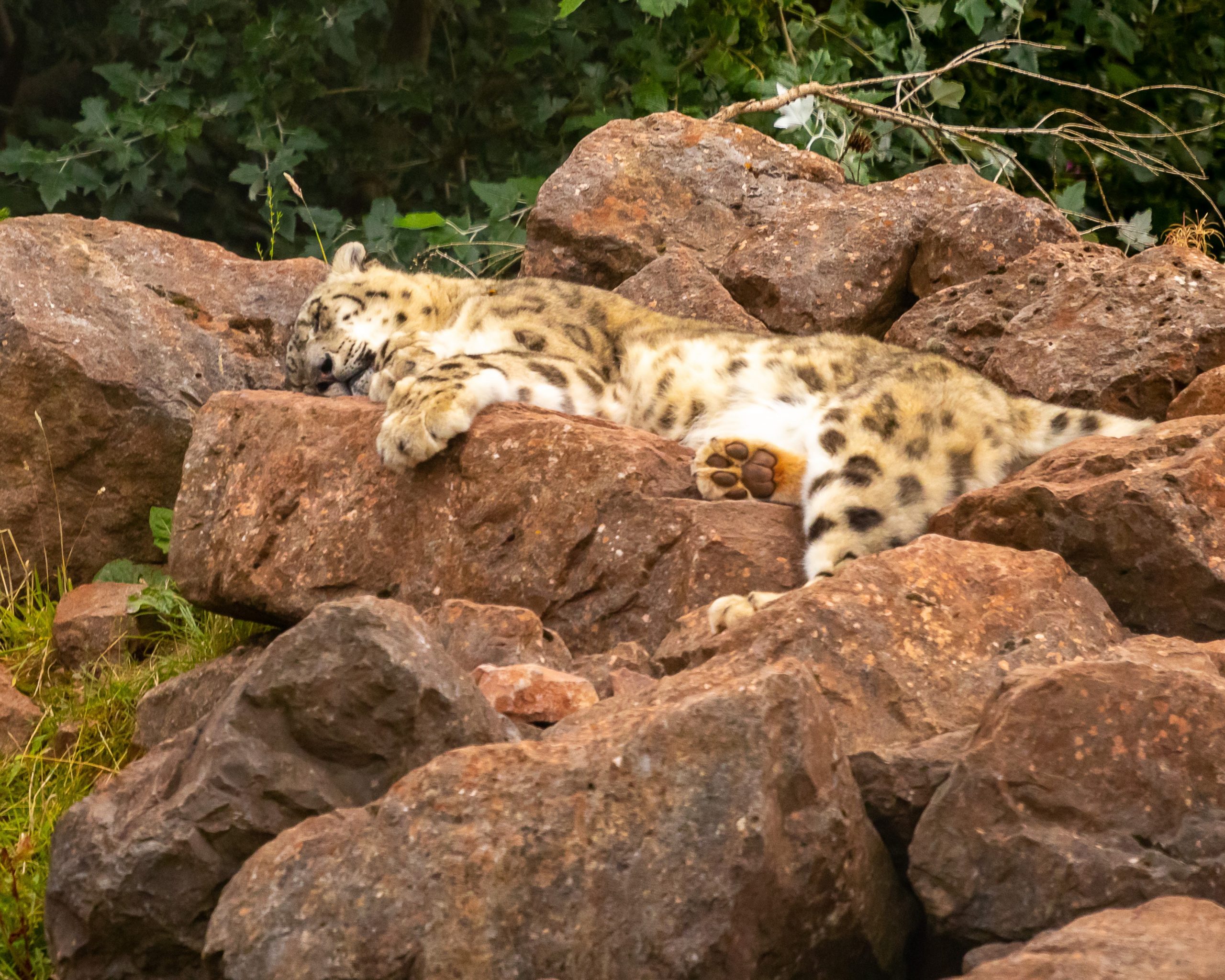
The snow leopard is an elusive, solitary big cat that is native to the mountainous areas of central Asia. We passed their enclosure a few times during our visit and each time I found them both fast asleep on these rocks – what a life!
Jaguar
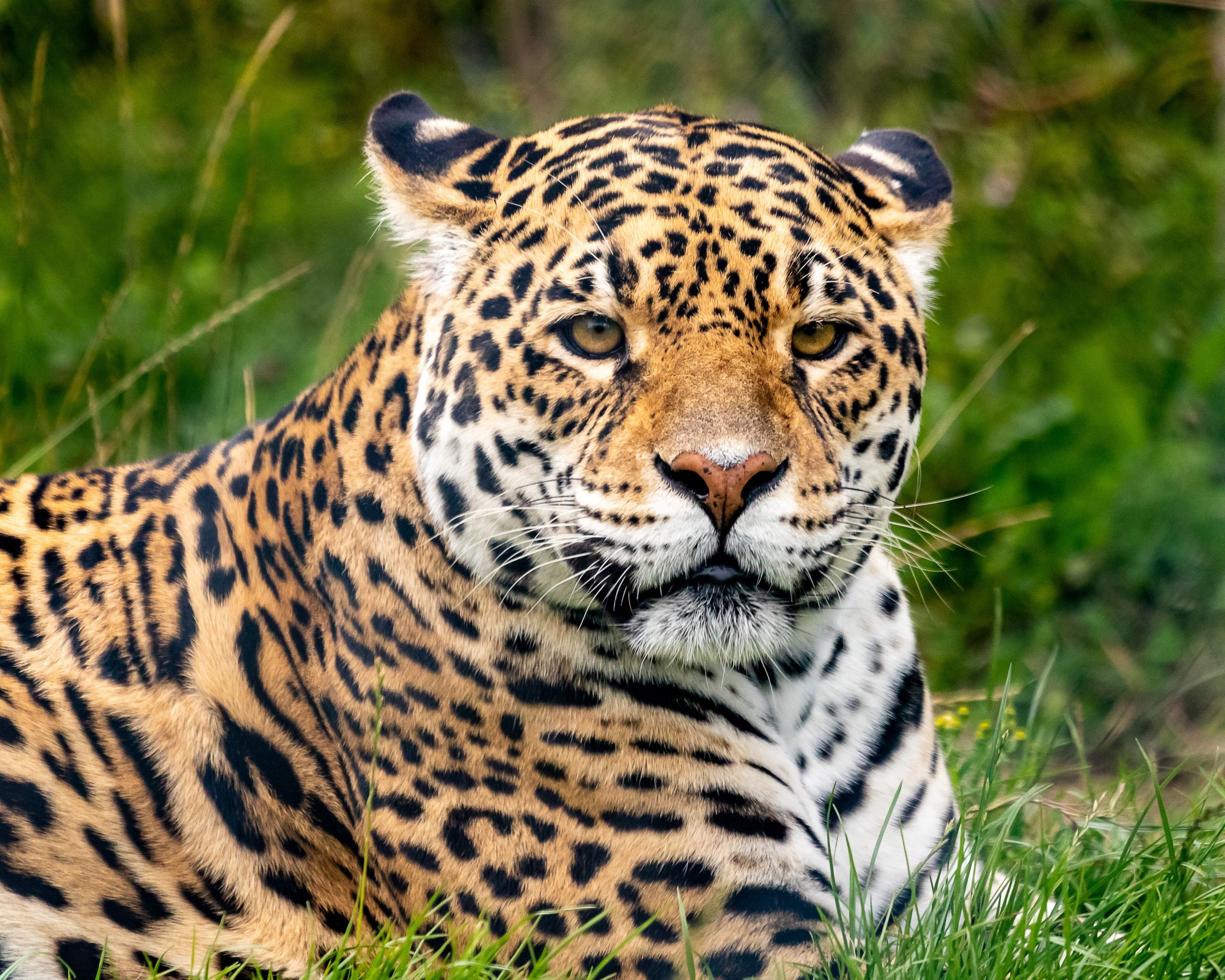
The largest of South America’s big cats, Jaguars are compact and muscular animals. We were fortunate to see one lucky youngster feeding the jaguar one of the zoos animal experiences. I got this shot using my 70-200mm lense at F/4. Using a wide aperture like this and focusing through the chain link fence renders the wires of the fence invisible and you get a great shot like this. Isn’t she magnificent?
Arctic Wolf
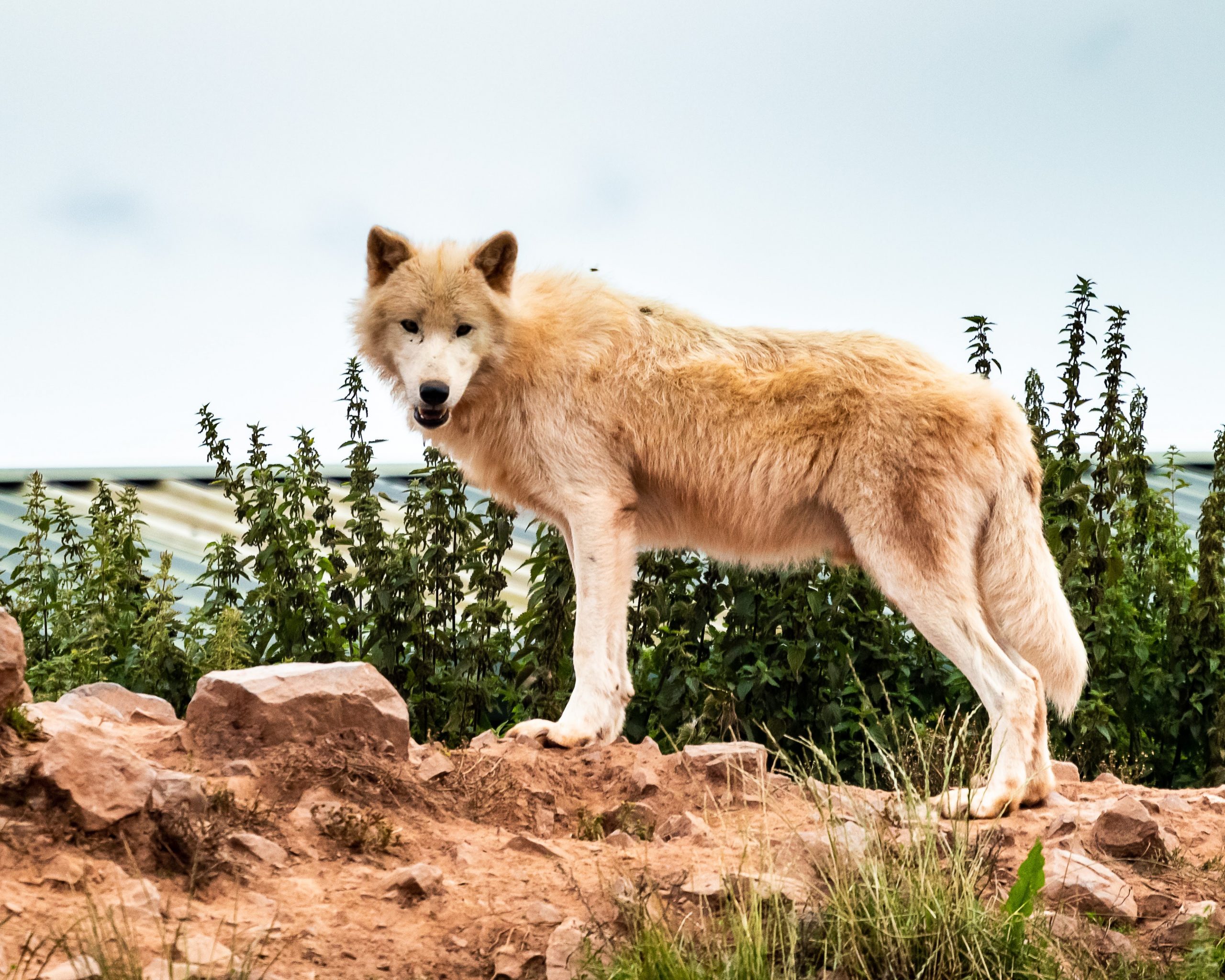
As a dog lover, I was fascinated with the arctic wolves. The distinctive, kennel-like smell emanating from their enclosure was very recognisable to me. We saw them feeding and observed the behaviour and hierarchy of the pack. This alpha male was keeping watch over his pack from high ground.
It’s not a particularly threatened species but they do face decline through weather limiting their food supply of hare and muskoxen.
African Lion
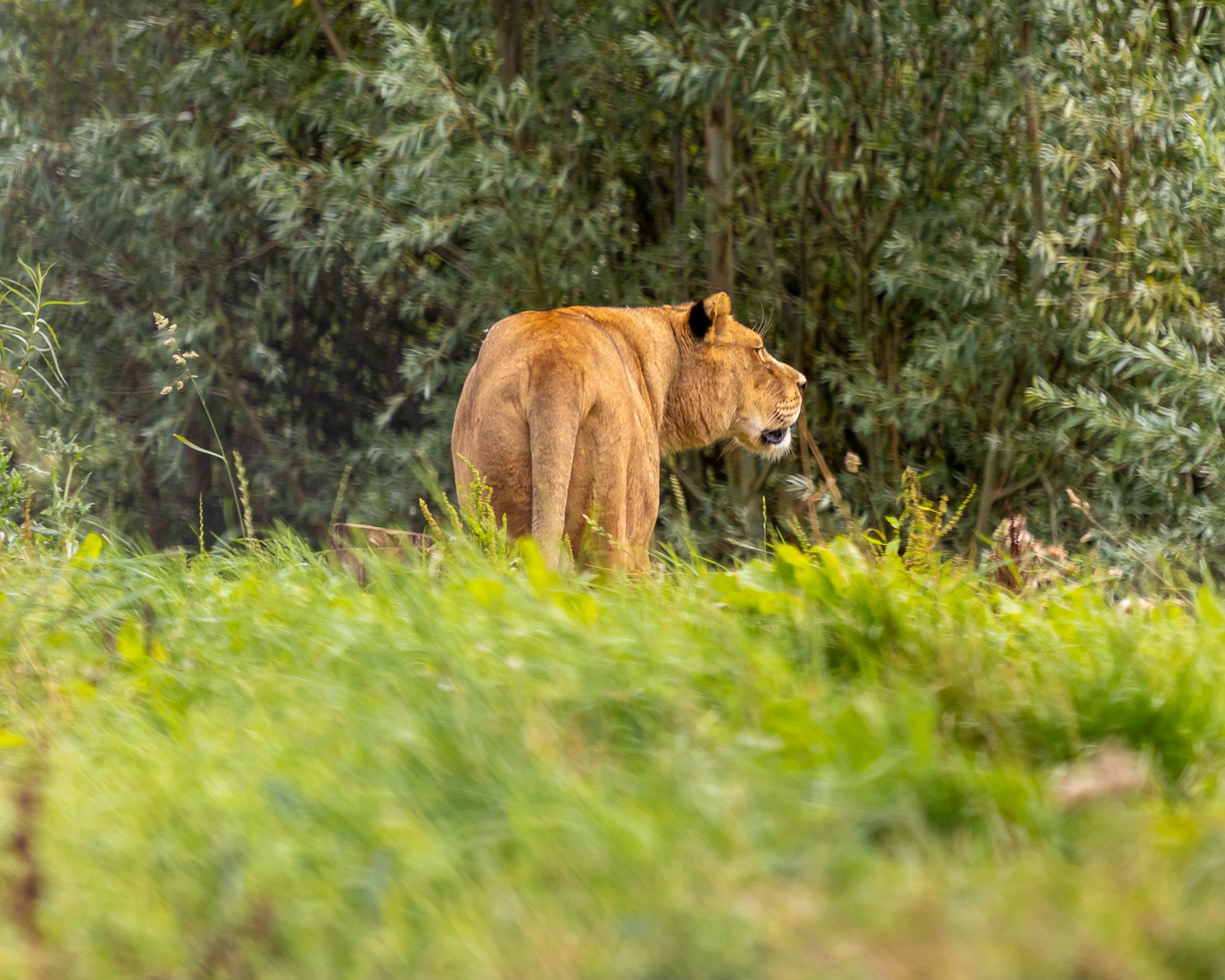
This isn’t the best shot of a zoo lion I have ever taken but it was the best chance I had during our visit. This one was calling out with one of those deep, rumbling roars that echo around you.
Peacock
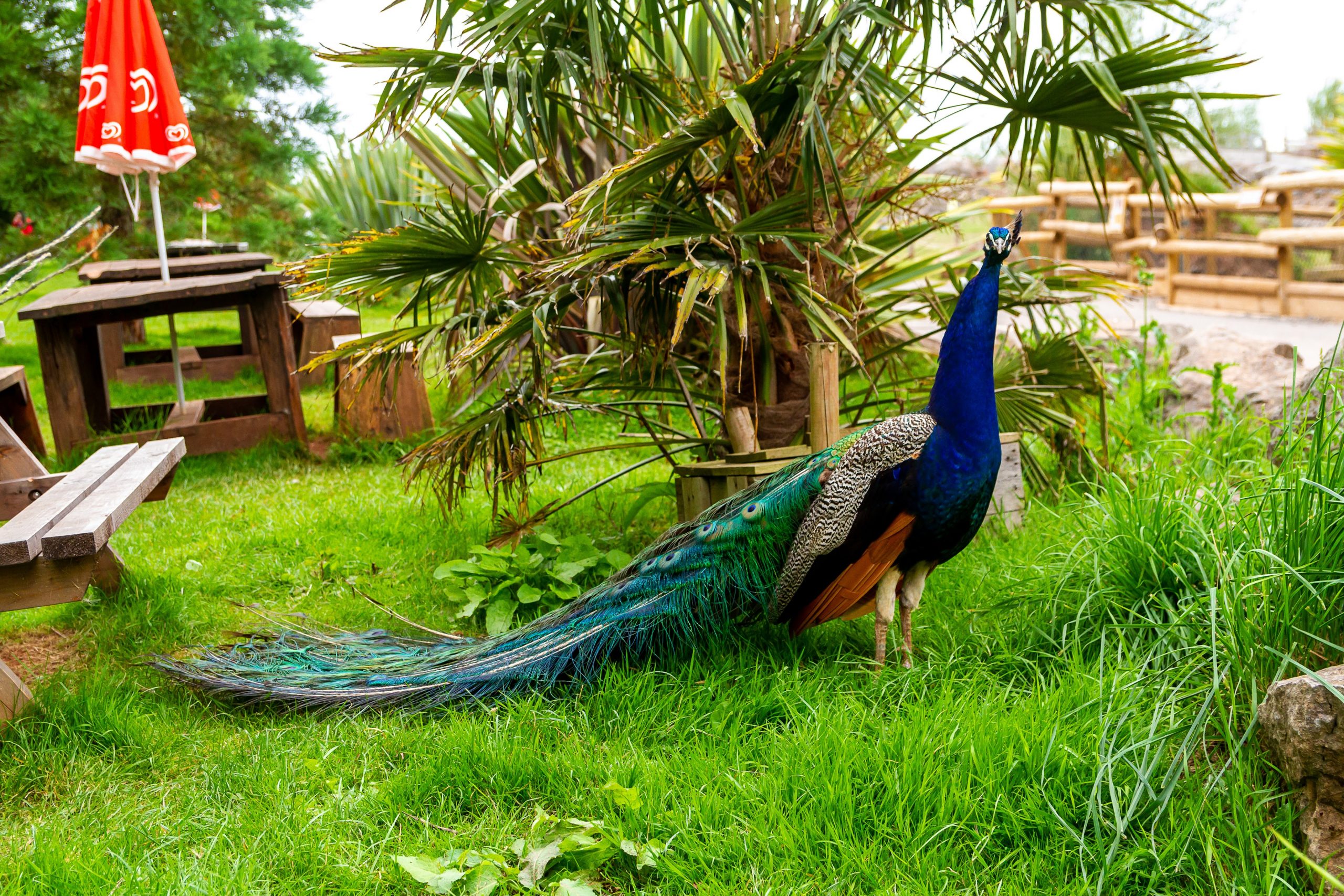
There are plenty of peacocks around the zoo and they really are beautiful birds. They have a distinctive all that reminds us of the bird ‘Kevin’ from the Disney file Up!
Reindeer
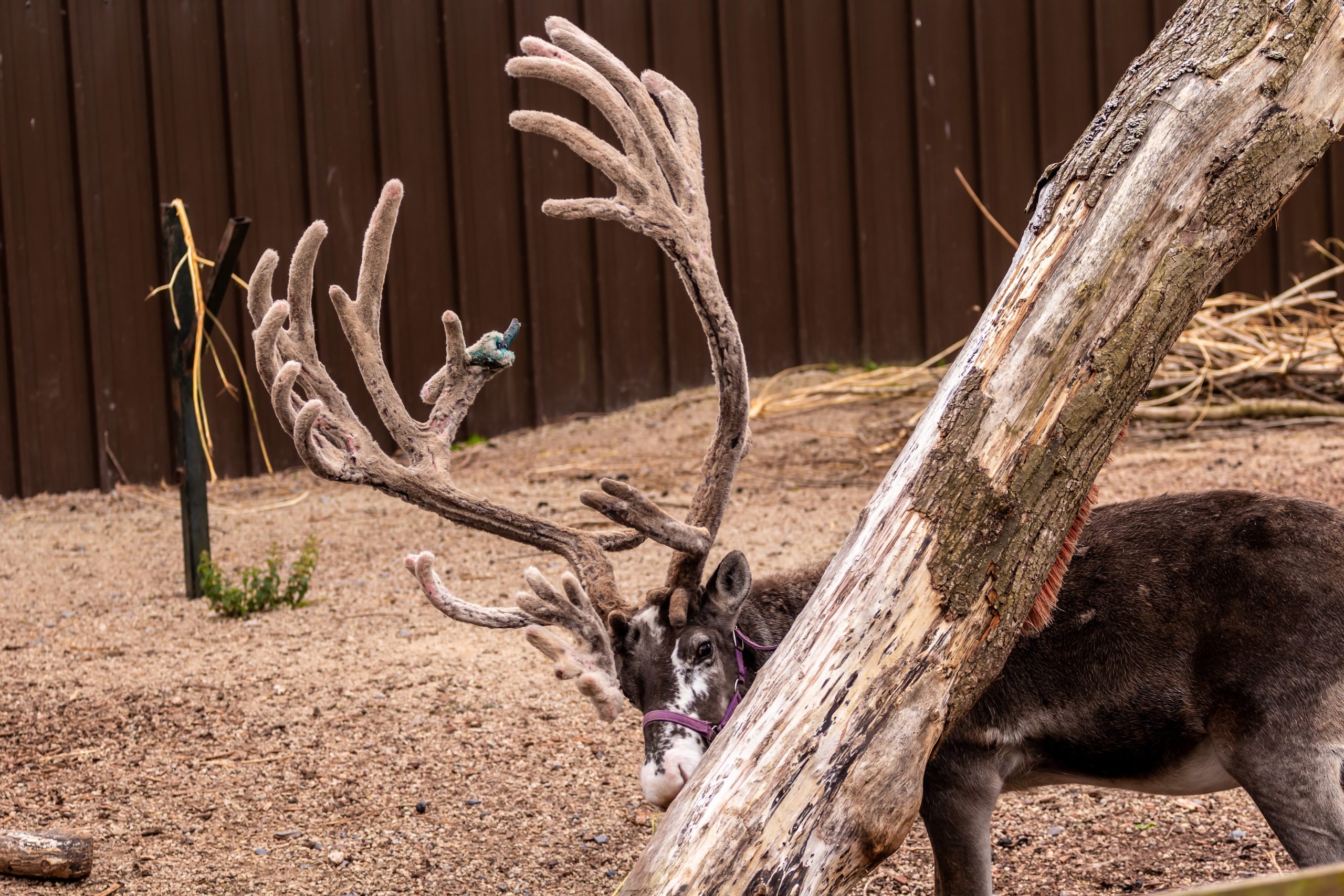
Not, it’s not Christmas yet but the zoo is home to some. The ones I saw were both wearing head collars suggesting they are domesticated. I was quite impressed by the set of antlers on this one.
South lakes Safari Zoo is well worth a visit in our opinion if you are in that area.


Brilliant open zoo, lovely to walk round.